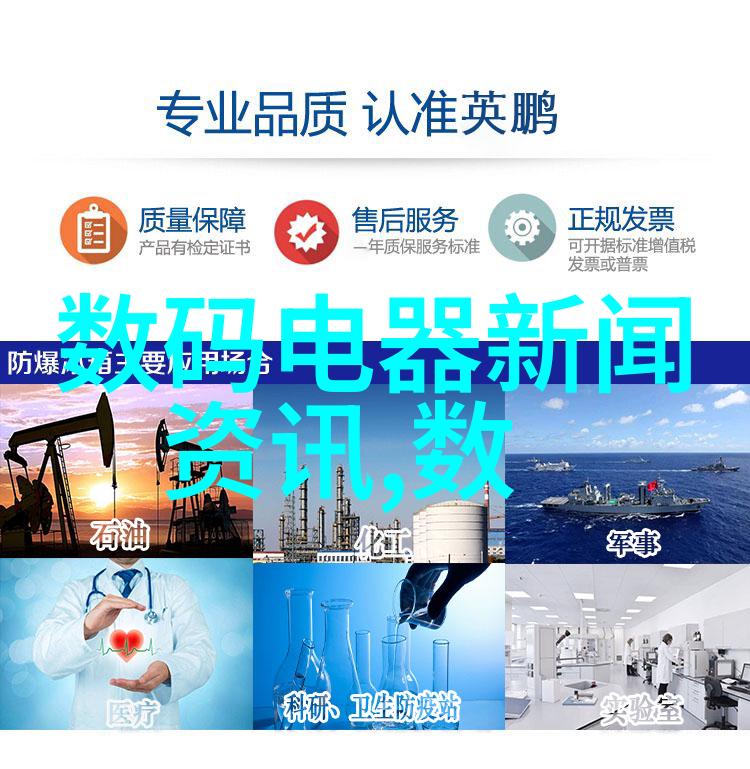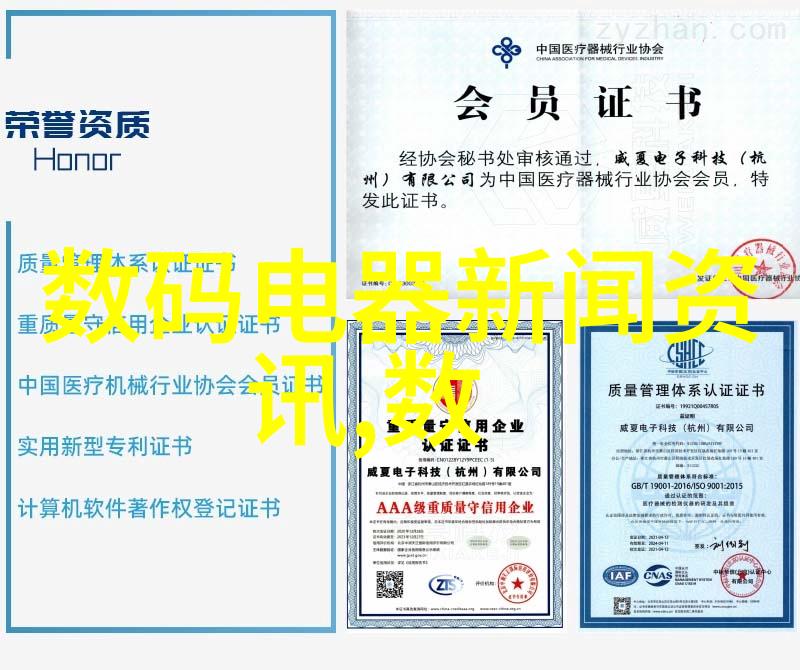您现在的位置是: 首页 - 热点资讯 - 水文预测技术在水利工程毕业设计中的应用探究 热点资讯
水文预测技术在水利工程毕业设计中的应用探究
2025-01-31 【热点资讯】 0人已围观
简介随着全球气候变化的加剧,水资源管理和调度越来越受到重视。作为一名即将毕业的水利工程专业学生,我深感责任重大。在完成我的水利工程毕业设计时,我决定专注于研究如何有效地利用现代水文预测技术来提升我国的河流流量预测能力,为更好的供水管理奠定基础。 首先,我们需要明确什么是水文预测?简单来说,water resources management, or water supply system.
随着全球气候变化的加剧,水资源管理和调度越来越受到重视。作为一名即将毕业的水利工程专业学生,我深感责任重大。在完成我的水利工程毕业设计时,我决定专注于研究如何有效地利用现代水文预测技术来提升我国的河流流量预测能力,为更好的供水管理奠定基础。

首先,我们需要明确什么是水文预测?简单来说,water resources management, or water supply system. Water resources management refers to the planning, development, and regulation of water resources for various purposes such as irrigation, industry, hydroelectric power generation and drinking water supply. It involves the collection of data on precipitation, evaporation and runoff processes in a catchment area.
The term 'catchment' is used to describe an area from which surface runoff flows into a river or lake. In other words it is an area where all the rain that falls within its boundaries eventually ends up flowing into one particular body of water. The size of a catchment can vary greatly from small areas around individual houses to large regions that cover thousands of square miles.

To understand how rainfall affects our rivers we need to study these catchments closely. This requires careful measurement of rainfall amounts at different locations across the entire region over long periods time. These measurements are known as hyetographs.
In addition to studying rainfall patterns we also need to consider factors such as soil type and vegetation cover because they both play important roles in determining how much rainwater actually reaches our rivers.

Soil acts like a sponge when it rains soaking up some but allowing some through towards underground aquifers (underground reservoirs). Vegetation too plays a role by preventing erosion - which means less sediment enters our rivers - while also absorbing some rainwater before letting any reach them.
Once you have collected enough data about your chosen catchment then you can start using statistical models based on historical records and observations made during field surveys (which include measuring stream flow) to predict future river flow levels based on predicted future weather conditions such as temperature changes due climate change etcetera.

This prediction allows us better manage our available water resources so we don't waste them! For example if there's going be more than usual rainfall expected next month then we might decide not release so much out of storage this month knowing that extra will come later thus reducing overall energy costs associated with pumping this stored-up "extra" back out again when needed most later down line after months pass since last big rain event occurred earlier this year already went past now gone forever lost without trace ever again... And finally I hope my research helps people see just how vital reliable accurate predictions really are especially given increasing frequency extreme weather events happening everywhere nowadays worldwide!






